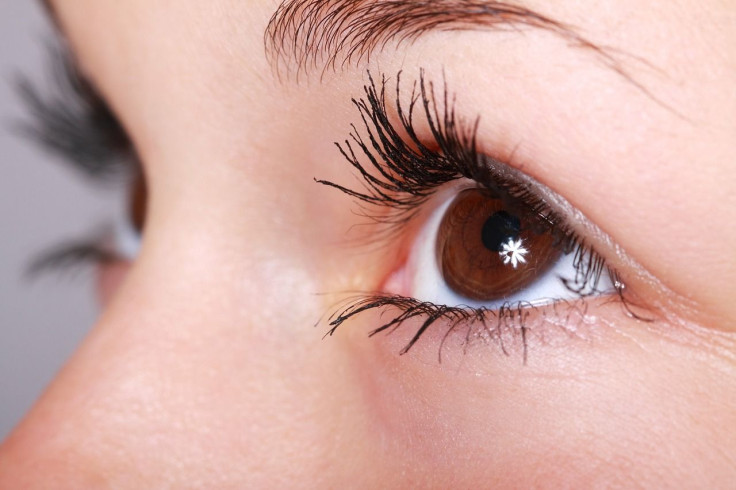International Nystagmus Day: Know All About The Dancing Eye Syndrome
International Nystagmus Day is marked on July 20 to raise awareness about a condition that causes significant vision impairment in millions of people around the world.
Nystagmus, or dancing eye syndrome, is a condition that results in uncontrolled eye movements, causing issues with vision, depth perception, balance and coordination.
This year's theme for International Nystagmus Day is "Embracing Diversity: Shifting Perspectives," focused on celebrating the unique abilities and experiences of individuals with nystagmus.
There are two types of nystagmus: Infantile nystagmus syndrome (INS) – a congenital condition from birth – and acquired nystagmus, which develops later in life due to a disease or injury.
Congenital nystagmus causes blurry vision in both eyes and the condition is usually diagnosed between six weeks and three months of birth. In some cases, INS is inherited from the parent. There is no complete cure for congenital nystagmus but the symptoms can be managed with proper treatment.
Acquired nystagmus causes shaky vision in adults. It may occur due to certain health conditions such as stroke, brain tumors, diseases of the central nervous system, multiple sclerosis, inner ear issues, thiamine deficiencies and diseases of the eye. It can also appear after a head injury, excessive alcohol consumption, or after the use of certain sedatives and antiseizure drugs. By correcting the underlying health condition, acquired nystagmus can sometimes be corrected.
Signs of nystagmus
- Involuntary eye movements
- Blurred vision or shaky vision
- Vertigo and issues with balance
- Issues with night vision
- Sensitivity to light
An ophthalmologist runs through different tests such as eye-movement recordings, neurological examinations, ear examinations and CT and MRI scans to diagnose the condition.
Treatment of nystagmus involves the use of glasses, contact lenses, medications and eye muscle or vision correction surgeries.
Tips for living with the condition
- Reduce glare indoors by using tinted glasses.
- Adjust the color, font and brightness of the computers while using them.
- Improve lighting and use large print books for reading.
- Take breaks in between reading to rest your eyes.
- If a child has nystagmus, keep the teacher informed about the condition.
- Encourage children with nystagmus to use their null point and allow them to read by bringing the books up close.
- Use contact lenses and glasses of the correct prescription.

Published by Medicaldaily.com



























